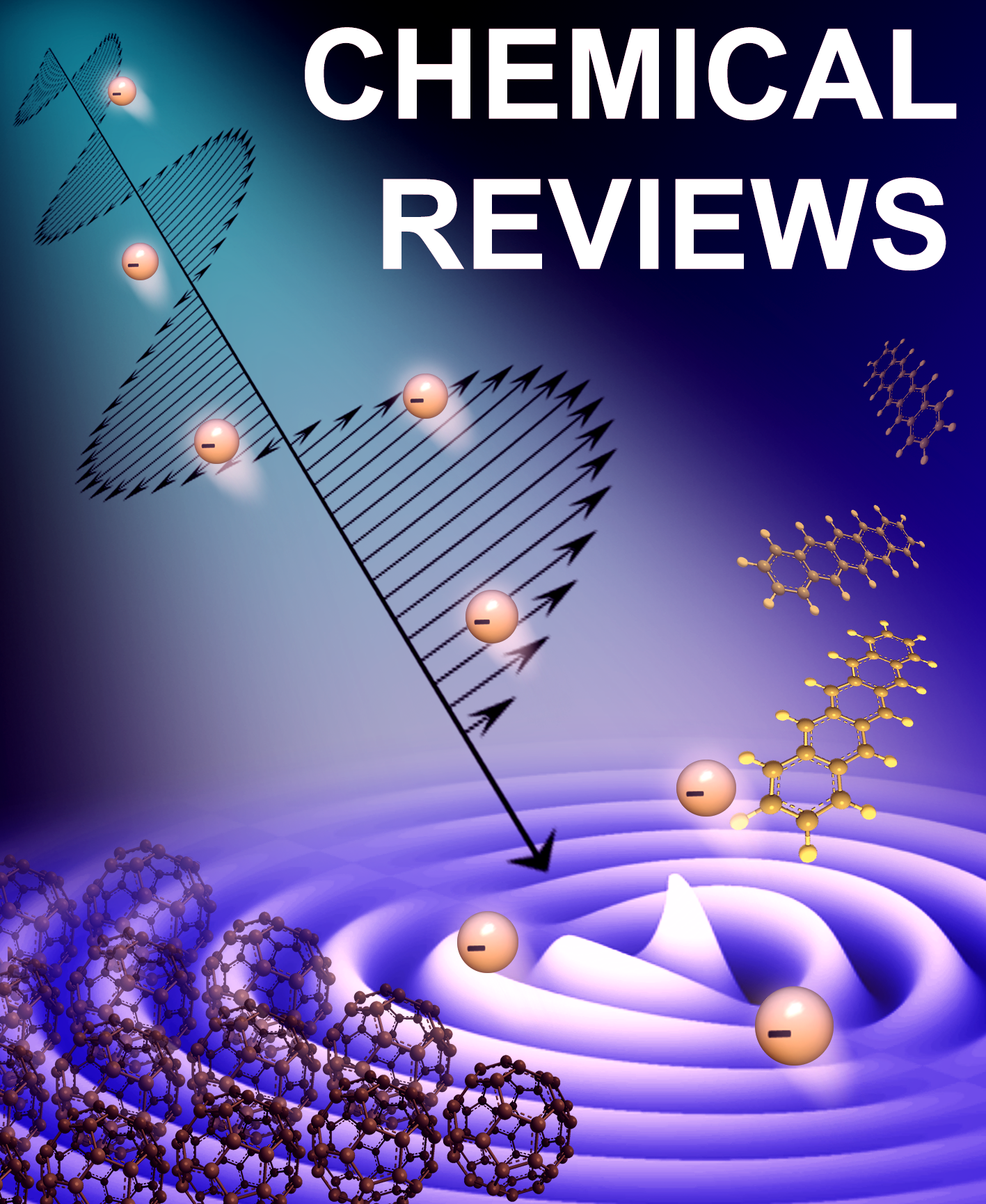How do you take a picture of light?
Light travels at a velocity of 300 nm/fs, and nothing travels faster than that, so you will never be able to take a snapshot, as you might like, of it interacting with matter. But if you overlap two light identical pulses, their in-phase fields will add, and out-of-phase fields will subtract, causing the light intensity to be modulated on the wavelength scale and thereby allowing light fields to be imaged by a nonlinear process. Petek and his group have developed a method to image light on the nanofemto scale by interferometric time-resolve photoemission electron microscopy. They record the spatial distribution electrons emitted by nonlinear two-photon absorption with a photoemission electron microscope to image light fields in form of a surface plasmon polaritons, propagating at a vacuum/metal interface, with a particular focus on the light field and spin textures. This method was first developed in Petek’s group by Dr. Atsushi Kubo, now at Tsukuba University; in a second generation instrument set up by Maciej Dąbrovski and Yanan Dai it achieves <10 nm spatial and <1 fs temporal resolution. They report the results of their research in a review article in Chemical Reviews.
